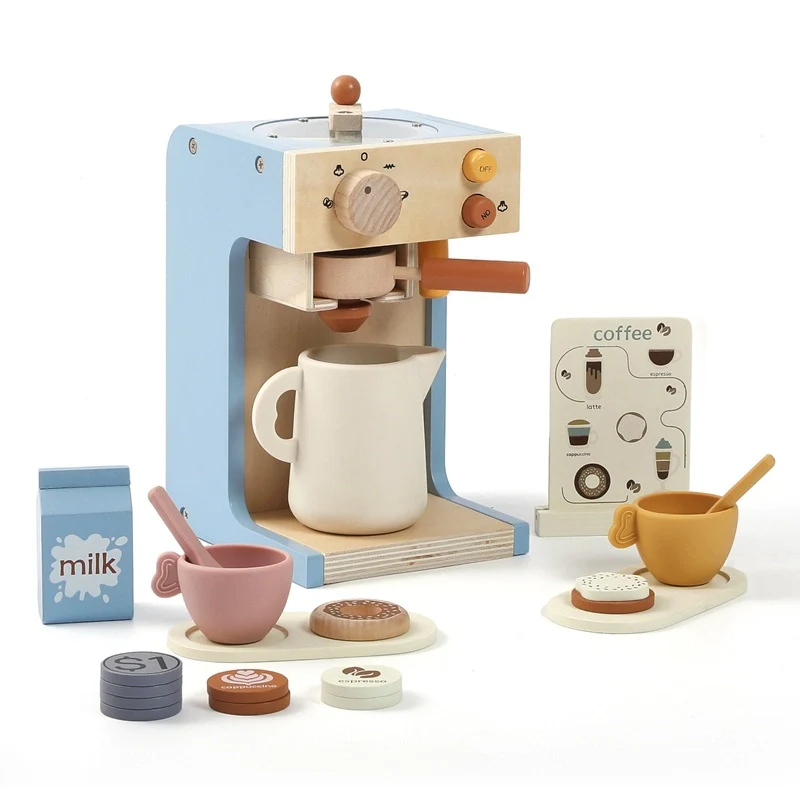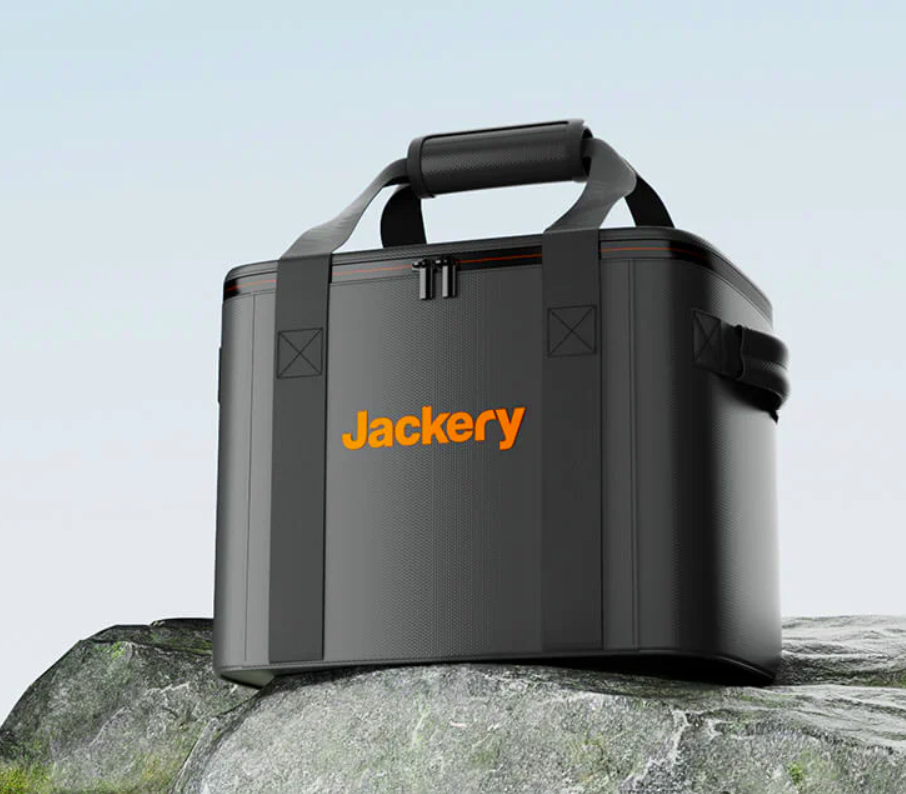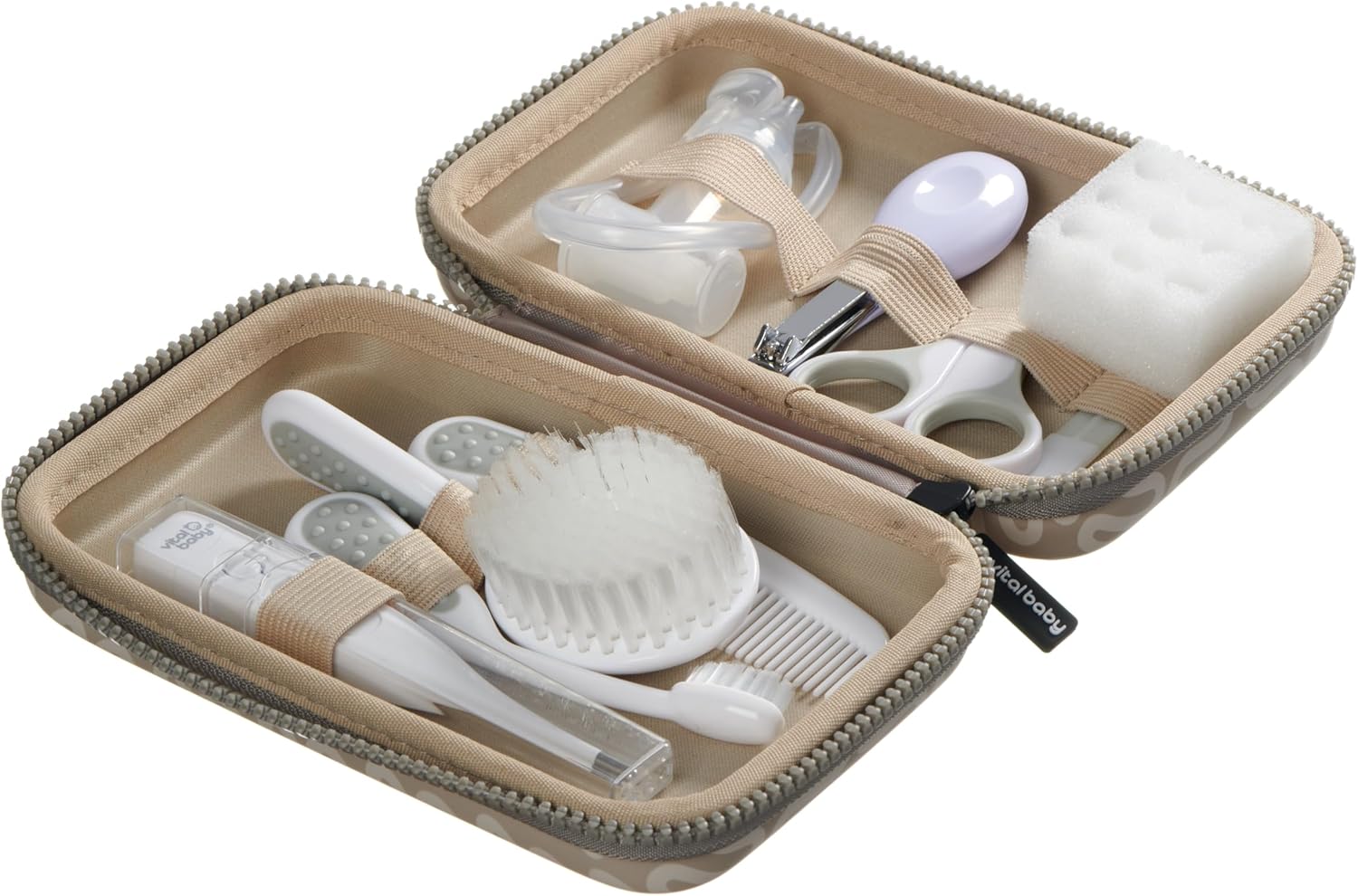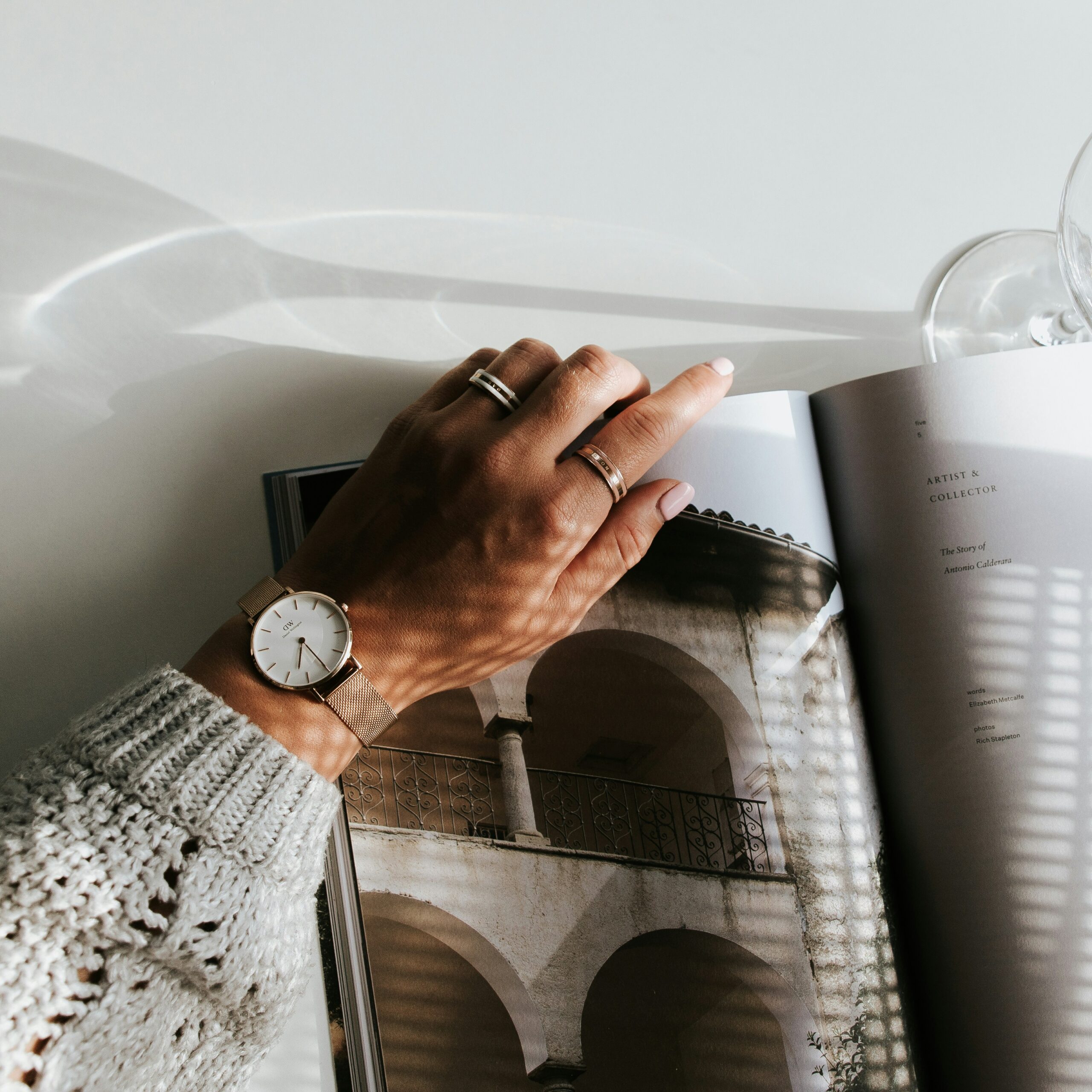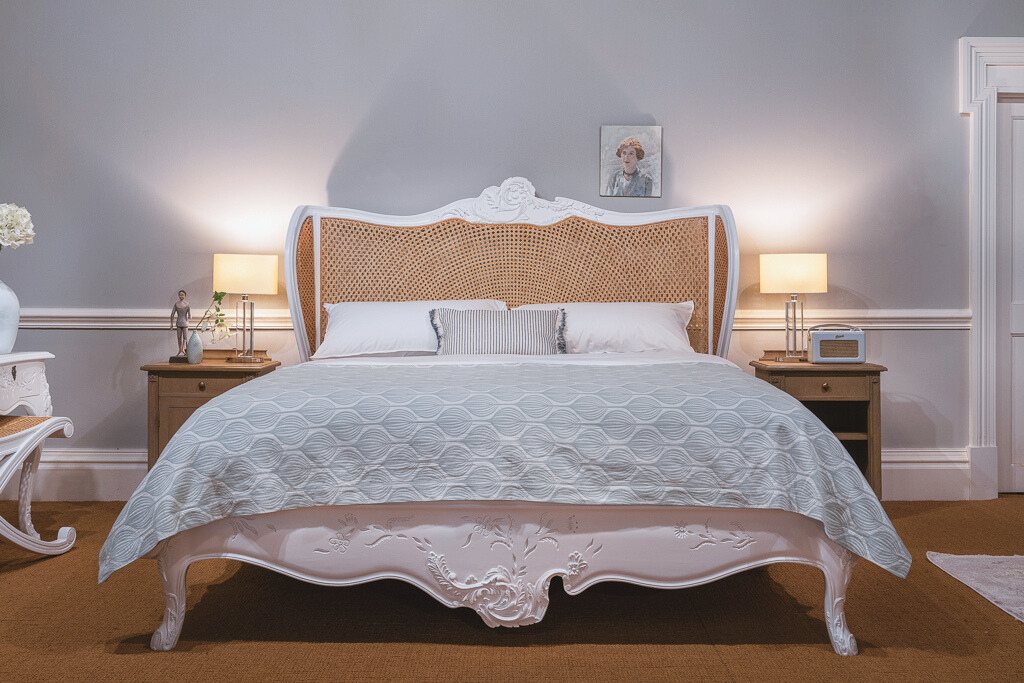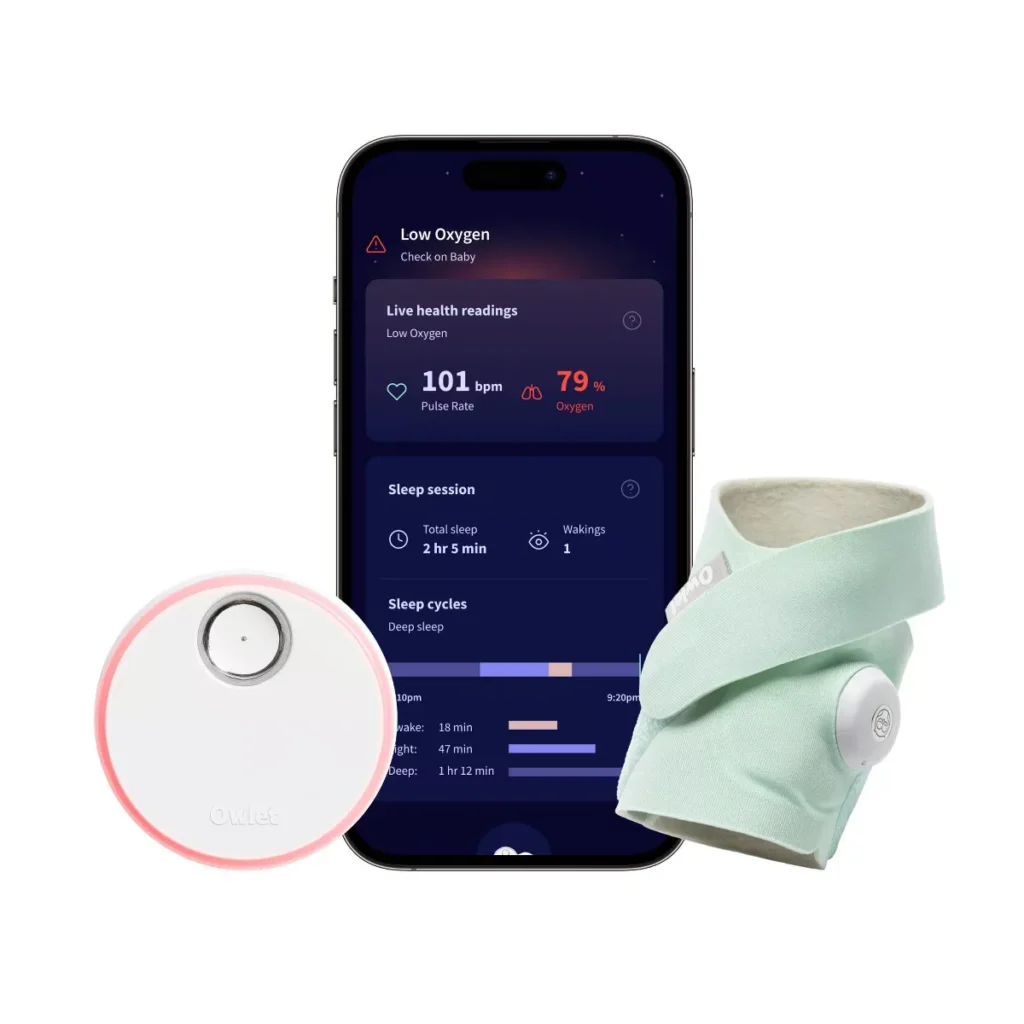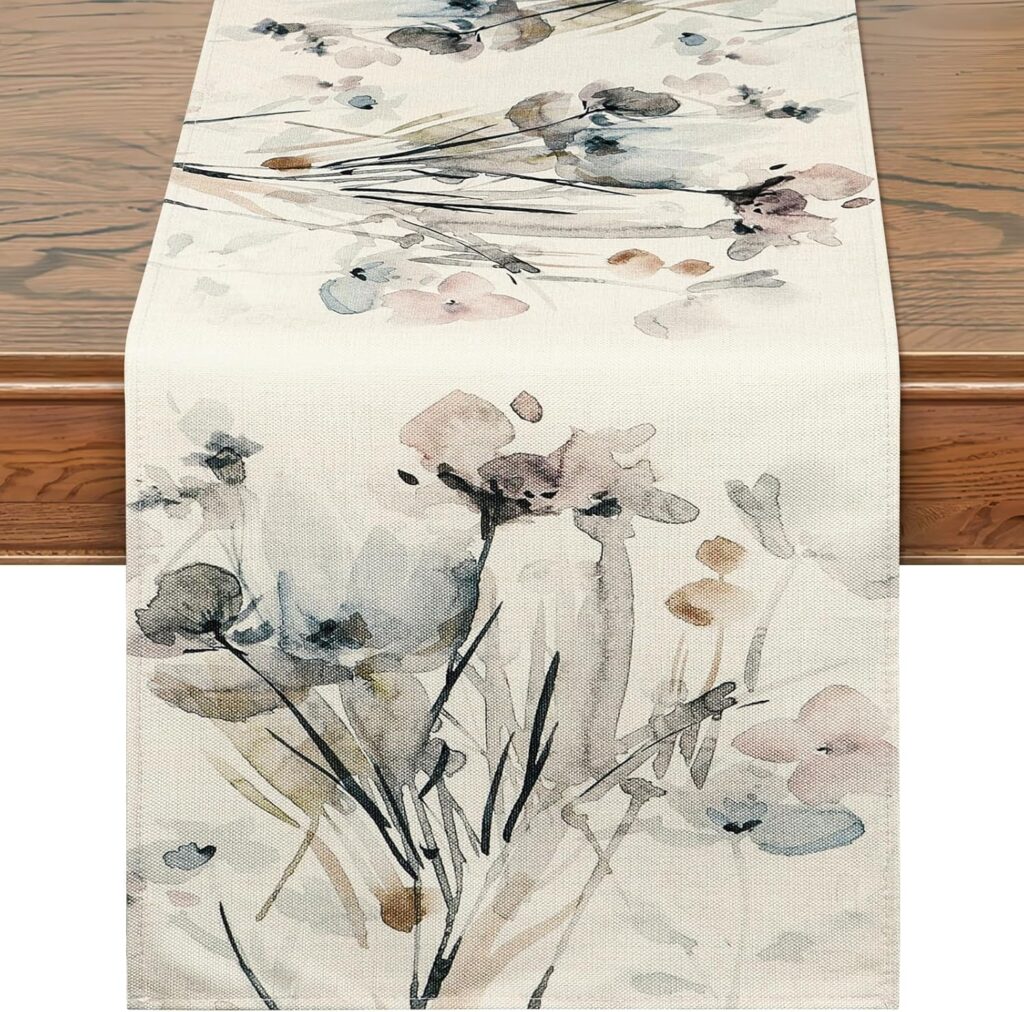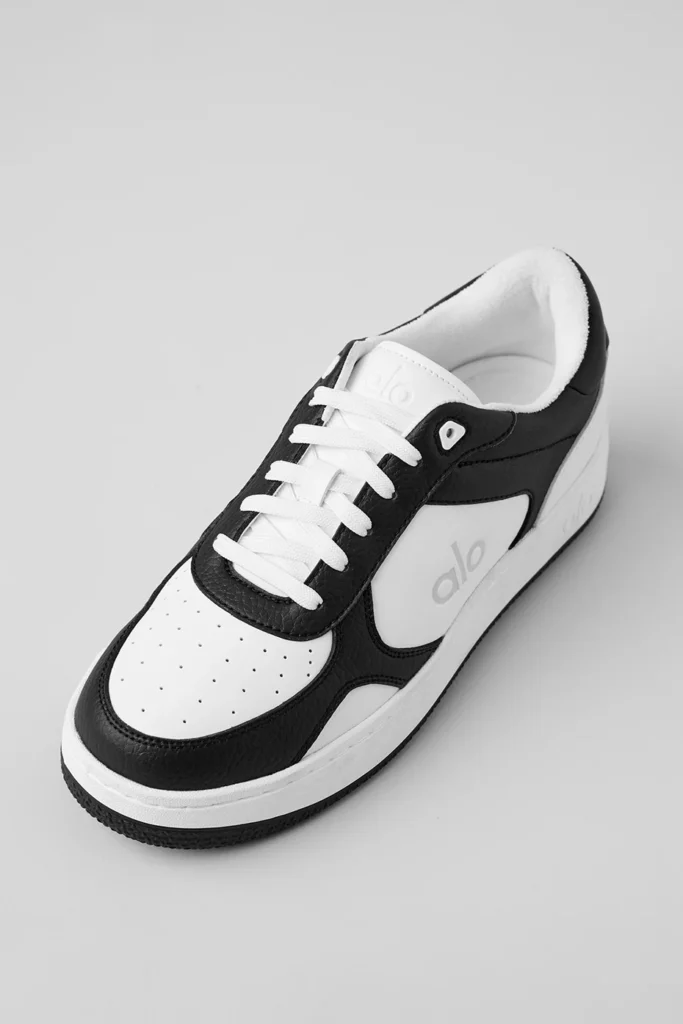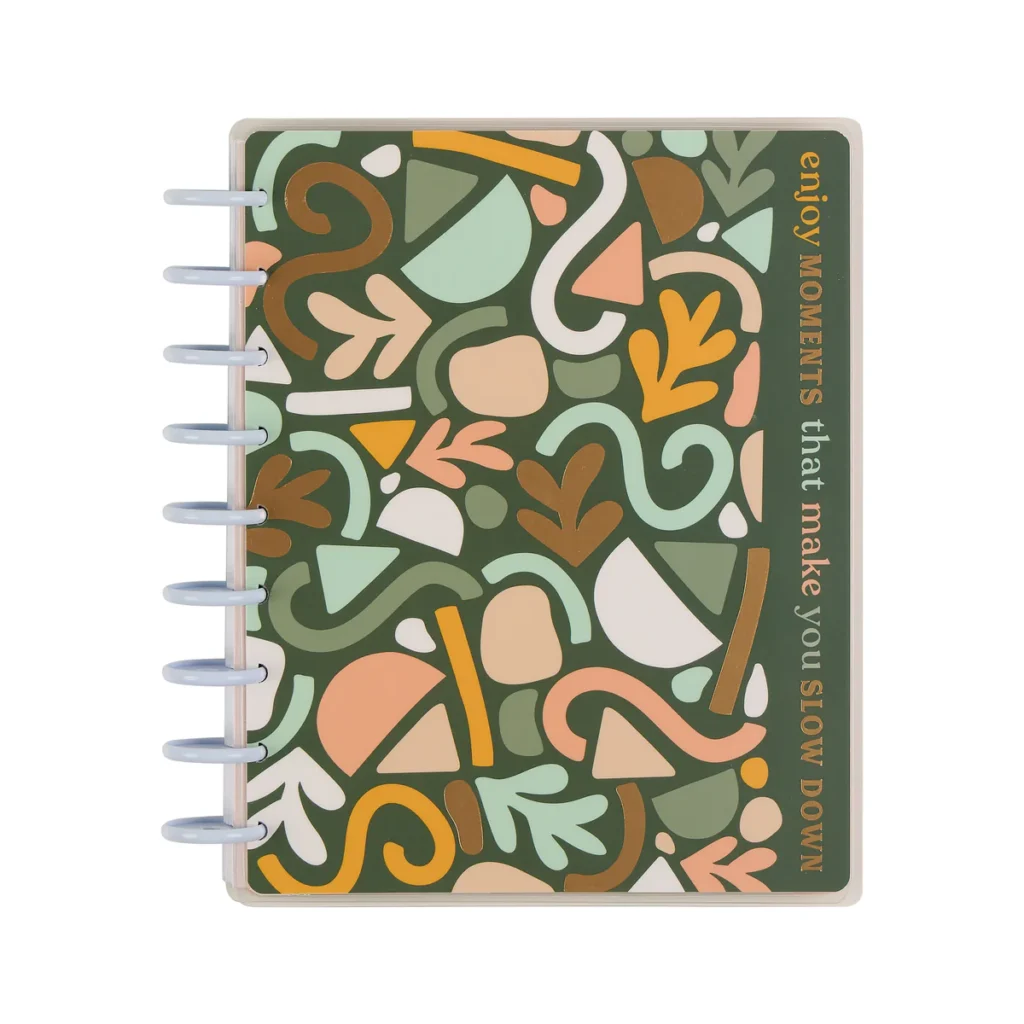The best toys don’t shout; they invite. The Montessori Wooden Coffee Maker Toy by Lunamoa does exactly that—a quiet, beautifully tactile object that children instinctively reach for and then keep returning to, day after day. It’s familiar (grown-ups make coffee!) and just the right size for small hands to copy what they see: scooping, pressing, pouring, serving. In the Montessori world, that’s pure gold—real-life actions distilled for children to practice independence, coordination, language, and social warmth through play.
In this article, we’ll turn the Montessori Wooden Coffee Maker Toy by Lunamoa into a tiny learning hub. You’ll get room-by-room placement ideas, practical life “recipes,” language prompts, café role-play scripts, sibling and friend games, tidy-up systems that stick, and styling tips so the toy looks intentional in your home. We’ll also map ways to blend it into morning and evening routines, plus gifting notes and care that keeps wood gorgeous for years.
Shop Lunamoa Montessori Wooden Coffee Maker Toy
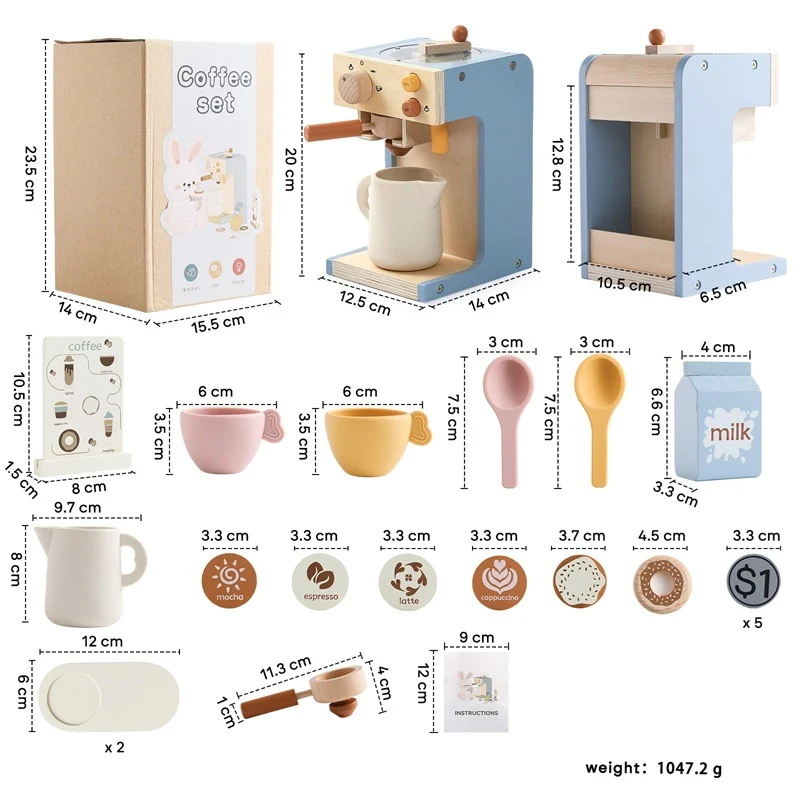
Why this toy works (and keeps working)
- Real life, sized for children. Kids adore copying meaningful adult work. Making “coffee” feels purposeful: scooping “grounds,” setting a cup, pressing a button, offering a warm drink with eye contact and a smile.
- Open-ended, not noisy. The Lunamoa design encourages quiet concentration. Fewer flashing bits = more imagination.
- Social glue. It naturally sparks turn-taking (“my order, your order”), manners (“please,” “thank you”), and simple hospitality—skills that travel far beyond the playroom.
- Calm aesthetics. Wooden forms and soft tones sit beautifully in kitchens, dining corners, and living rooms, so play can live where life happens.
Set the stage: where to place it
Kitchen helper corner:
Create a mini “barista” station at child height: the Montessori Wooden Coffee Maker Toy by Lunamoa, two lightweight cups, a tiny jar for “beans” (felt balls or dry pasta), a small spoon, and a tray. Children mirror your morning rhythm while you make your real coffee—parallel play that feels connected.
Dining nook café:
On a console or low shelf near the table, pair the toy with a small notepad and stubby pencil. Caregivers can “place orders” from a chair, which encourages children to move with purpose, listen, and repeat orders back—great for memory and language.
Playroom shelf (Montessori style):
Present the toy on a tray with everything visible and reachable. Keep parts minimal. When choices are clear, children act independently and clean up independently.
Shop Lunamoa Montessori Wooden Coffee Maker Toy

Practical-life “recipes” (tiny sequences that teach)
Think in slow, repeatable steps. Narrate once; then let your child lead.
- Americano routine
- Scoop “beans” → place cup → press → pour pretend water.
- Serve with eye contact: “Here’s your coffee. Enjoy!”
- Return cup to tray; wipe a drip with a small cloth.
- Latte love
- Pour “milk” (a dry pouring cup of white beans or rice) after “coffee.”
- Stir with a tiny spoon—three slow circles.
- Ask, “Would you like foam?” Use a dry whisk motion in the air—pure imagination.
- Iced version (sensory twist)
- Add a few wooden cubes or felt “ice.”
- Pour “coffee” slowly to practice control.
- Notice sound words: clink, plop, pour—rich language in a few seconds.
Each sequence is motor planning (order, grip, control), care of environment (wipe, return), and social grace (offer, receive).
Language prompts that build rich talk
- Orders & options: “Strong or gentle?” “Milk? Sugar? Cinnamon?” Offer two choices to invite decision-making.
- Describing temperature (safely pretend): “Too hot? Shall I blow?” It’s empathy in a sentence.
- New words: scoop, press, pour, stir, refill, tray, serve, aroma, customer, barista.
- Narrate feelings: “You waited so calmly.” “You remembered the napkin—very thoughtful.” Attune to effort, not outcome.
Café role-play scripts (for siblings and friends)
Two-person café:
- Child A: Barista (prepares).
- Child B: Customer (orders, pays with play coin, says thank you).
Swap every two or three “drinks” so both practice both roles.
Family rush hour:
Line up soft toys at “the counter.” Each toy wants something slightly different; your child repeats and fulfills the orders. Memory and sequencing wrapped in giggles.
Delivery service:
Place simple “order cards” on the dining table. Child delivers cups to each card, then returns empties to the station—built-in clean-up game.
Shop Lunamoa Montessori Wooden Coffee Maker Toy
Routines: weave it into real mornings and evenings
- Morning parallel: While you make coffee or tea, your child mirrors steps. A 3-minute ritual that says “we do things together.”
- After-nap reset: One “welcome back” cup for a parent or pillow friend; then a quick wipe and tidy. Transitions feel gentle.
- Dinner wind-down: Café closes; cups stacked; a cloth folded. Routine builds order and pride.
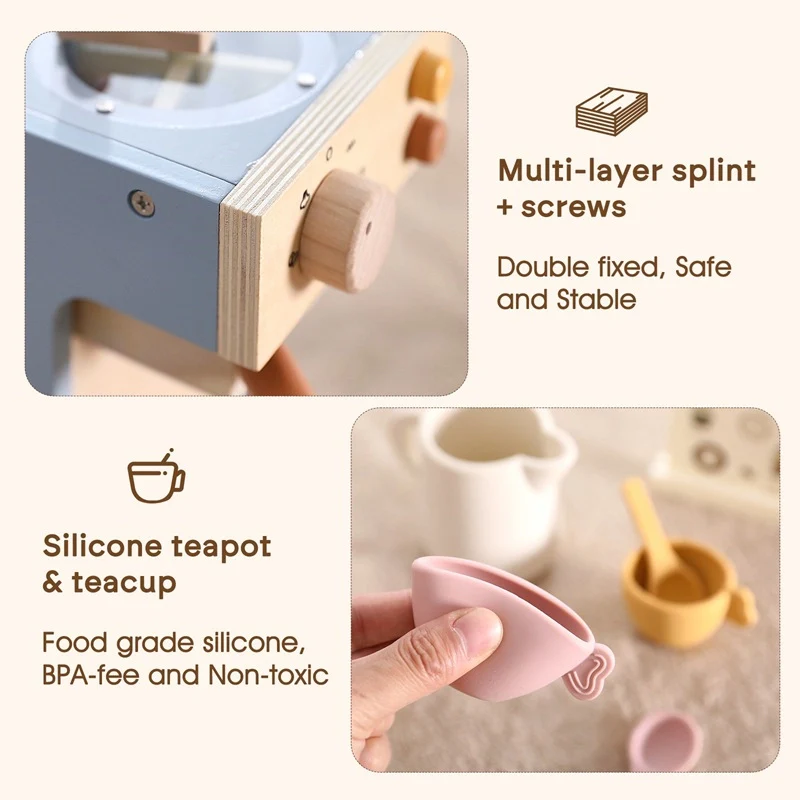
Sibling harmony & mixed ages
- Assign micro-roles: scooper, button-presser, server, washer (cloth). Rotating roles prevent “I do everything” conflicts.
- For a baby sibling, set a safe “tasting” cup nearby filled with large felt balls—parallel play that protects the coffee station flow.
Sensory & STEM-ish play (still practical life)
- Sound jars: Three lidded jars with different dry fills—quiet, medium, loud. Invite your child to choose the right “beans” for a quiet café.
- Pouring speed: Fast vs. slow pours with dry rice into two cups—notice what spills and what doesn’t; repeat calmer.
- Counting & one-to-one: One scoop → one cup → one stir. Tiny math inside simple actions.
Keep it beautiful: storage & display
- Use a single tray to define the work. Tray in = activity ready; tray out = shelf clear.
- Keep two cups only. Abundance overwhelms; pairs invite taking turns.
- Add a tiny cloth and mini broom nearby. Children love real tools that fit their hands and their sense of responsibility.
Shop Lunamoa Montessori Wooden Coffee Maker Toy
Tidy-up that sticks (Montessori grace & courtesy)
- Name the job: “Let’s close the café.” (Children respond to stories, not orders.)
- Sequence the close: cups away → wipe tray → return spoon → push chair in → hands wash.
- Model once, then wait. Silence gives space for independence; step in only to safeguard.
Style notes (so it suits grown-up spaces)
- Echo your kitchen palette with napkins or the tray (oat, charcoal, sage).
- Place a small bud vase or postcard near the station—elevates the scene without clutter.
- Keep surfaces matte and quiet; the wooden toy is the hero object.
Safety & care (simple and sensible)
- Supervise with younger toddlers; keep tiny loose parts away from mouthing stages.
- Wipe wood with a barely damp cloth; dry immediately.
- Rotate “ingredients” (felt balls, pasta, paper beans) to keep play fresh; store the rest in a labeled jar on a high shelf.
- Avoid real liquids at the station if spills create stress; children can still practice every step with dry “coffee.”
Gift it with meaning
The Montessori Wooden Coffee Maker Toy by Lunamoa makes a brilliant birthday or sibling gift when a new baby arrives. Pair it with a child-sized apron and a handwritten “menu” card. For grandparents, this is an easy, stylish setup to keep at their house: one tray, two cups, and a guaranteed play magnet when little visitors arrive.
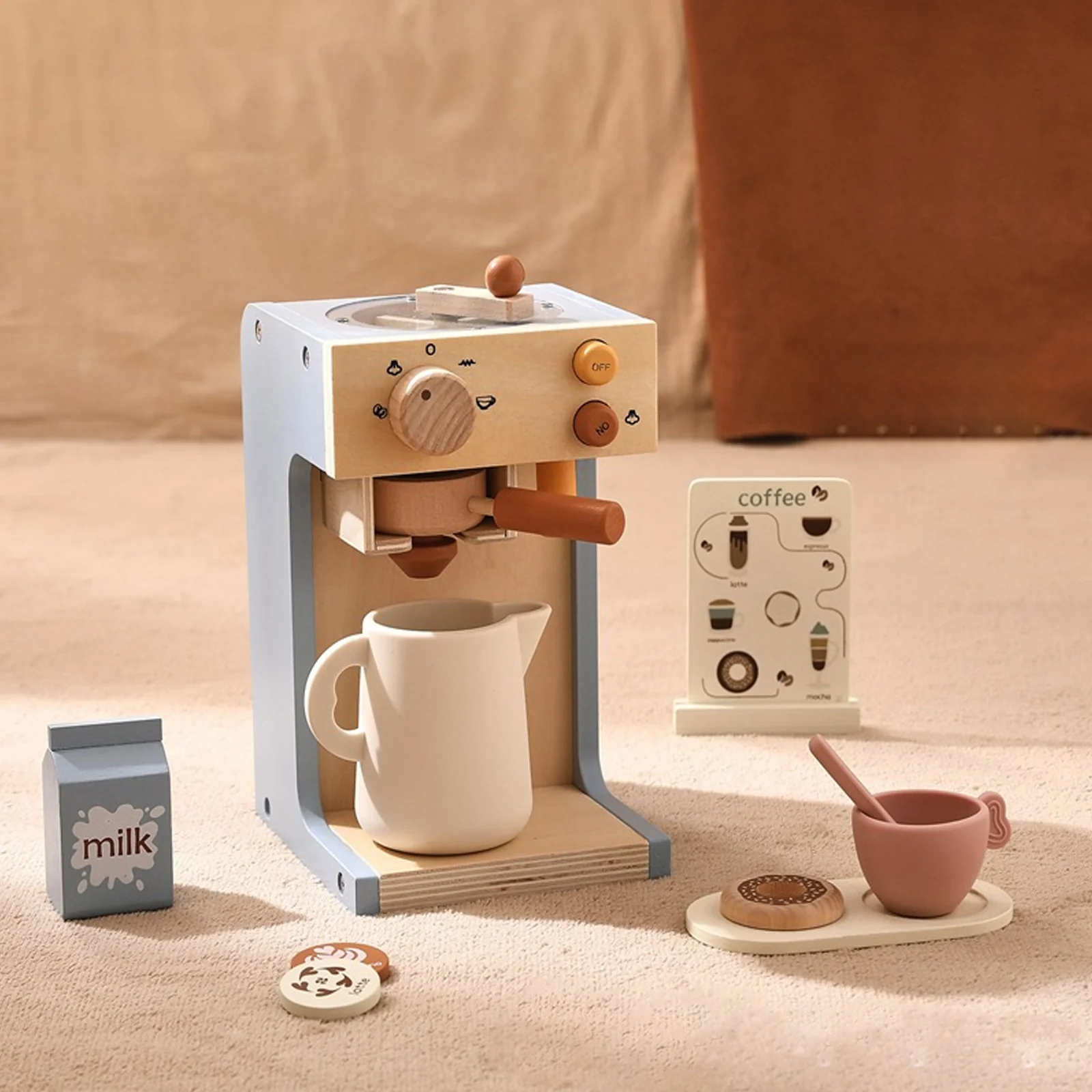
A week of play prompts (quick wins)
- Mon: “Make my morning gentle”—child decides what “gentle” coffee means; narrate their choices.
- Tue: Delivery game—order cards at three spots in the house.
- Wed: Foam art—draw a heart on a paper circle “foam,” slip on top.
- Thu: Taste words—happy/sour/sweet (pure pretend)—explore feelings, not flavor.
- Fri: Quiet café—use only whispers while the teddy “sleeps.”
- Sat: Barista band—tap spoons softly on cups; explore rhythms, then return to serving.
- Sun: Clean-down ceremony—fold cloth, polish tray with a dry wipe, deep breath, “closed” sign.
Conclusion
Children crave meaningful action, not endless stimulation. The Montessori Wooden Coffee Maker Toy by Lunamoa channels that desire into small, satisfying work that looks a lot like love: listening, preparing, serving, tidying. Set it where life happens, keep the parts simple, and protect the rhythm—open café, make, serve, close café. With a few prompts and a calm presentation, this little station grows practical skills, language, confidence, and connection every single day.
Shop Lunamoa Montessori Wooden Coffee Maker Toy
FAQ
- What age is the Montessori Wooden Coffee Maker Toy by Lunamoa best for?
When children show interest in copying daily routines. Start with supervised, simple sequences and add steps as concentration grows. - How do I present it the Montessori way?
On a single tray with just the essentials—coffee maker, two cups, one spoon, and one small jar. Demonstrate slowly once; then step back. - Can I use real liquids?
Dry “ingredients” keep stress low and independence high. If you try water, keep a cloth nearby and celebrate clean-up as part of the work. - How do I prevent sibling squabbles?
Rotate micro-roles (scoop, press, serve, wipe). Use a sand timer for turns and swap roles at the ding. - What language skills does this toy support?
Choice-making, sequencing words (first/next/last), descriptive adjectives (gentle/strong), social phrases (“please,” “your order, please?”). - Where should I keep it in a small flat?
A low kitchen shelf or dining console. Return everything to one tray after play—visual order = calmer spaces. - How do I keep the station interesting without buying more?
Rotate “beans” (felt balls one week, pasta the next), change the menu theme (autumn spices, summer iced), or add order cards. - What tidy-up script works with toddlers?
“Café is closing. Cups home, wipe, spoon home, push chair, wash hands.” Repeat calmly; offer a high-five at the end. - Any styling tips so it blends with adult decor?
Echo one room color in a napkin, keep the tray natural, add a tiny flower in a bud vase nearby. Quiet, intentional, lovely. - Is it a good gift for grandparents’ houses?
Perfect. One tray, two cups, instant play invitation—easy to set up, beautiful to leave out, and irresistible to little visitors.

